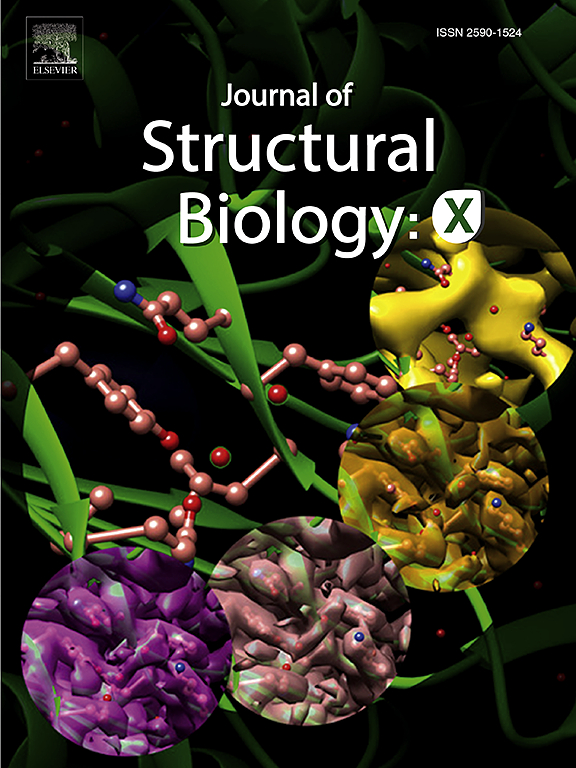Interaction of berberine with different forms of DNA in human telomeric region
IF 2.7
3区 生物学
Q3 BIOCHEMISTRY & MOLECULAR BIOLOGY
引用次数: 0
Abstract
Guanine-rich oligonucleotide sequences have the potential to form four-stranded structure known as G-quadruplex. These structures are frequently observed in crucial regions of the human genome, including promoter and telomeric regions. Due to their involvement in regulating gene expression and cell division, G-quadruplexes have emerged as promising targets for anticancer drugs. This study investigated interaction of berberine with different forms of DNA within human telomeric region. The results of absorption and fluorescence spectroscopy indicated that conformation of DNA plays an important role in the mode of binding. Circular dichroism suggested that berberine promotes compaction of the unstable quadruplex structure formed under non-saline conditions. Furthermore, interaction of berberine with the stable structures of G-quadruplex resulted in a change in their compactness without altering the type of DNA structure. 3D fluorescence spectra analysis by chemometrics methods showed formation of two distinct species probably attributed to the self-association and specific binding of berberin to the different forms of DNA. It can be also concluded that berberine forms a more stable complex with the human telomeric hybride type G-quadruplex structure compared with the basket type. In conclusion, the findings imply that the successful design of drugs targeting DNA within the human telomere region necessitates careful consideration of the diverse forms of DNA.

小檗碱与人类端粒区不同形式DNA的相互作用。
富含鸟嘌呤的寡核苷酸序列具有形成四链结构的潜力,称为g -四重体。这些结构经常在人类基因组的关键区域观察到,包括启动子和端粒区域。由于它们参与调节基因表达和细胞分裂,g -四重体已成为抗癌药物的有希望的靶点。本研究探讨了小檗碱与人类端粒区三种不同形式的DNA的相互作用。吸收光谱和荧光光谱结果表明,DNA的构象对其结合方式起重要作用。圆二色性表明,小檗碱促进了非盐条件下形成的不稳定四重结构的压实。此外,小檗碱与g -四重体稳定结构的相互作用导致其致密性的改变,而不改变DNA结构的类型。化学计量学方法的三维荧光光谱分析显示,两种不同物种的形成可能是由于小檗碱与不同形式的DNA的自结合和特异性结合。与篮型相比,小檗碱与人类端粒杂交型g -四重体结构形成更稳定的配合物。总之,研究结果表明,成功设计针对人类端粒区域内DNA的药物需要仔细考虑DNA的不同形式。
本文章由计算机程序翻译,如有差异,请以英文原文为准。
求助全文
约1分钟内获得全文
求助全文
来源期刊

Journal of structural biology
生物-生化与分子生物学
CiteScore
6.30
自引率
3.30%
发文量
88
审稿时长
65 days
期刊介绍:
Journal of Structural Biology (JSB) has an open access mirror journal, the Journal of Structural Biology: X (JSBX), sharing the same aims and scope, editorial team, submission system and rigorous peer review. Since both journals share the same editorial system, you may submit your manuscript via either journal homepage. You will be prompted during submission (and revision) to choose in which to publish your article. The editors and reviewers are not aware of the choice you made until the article has been published online. JSB and JSBX publish papers dealing with the structural analysis of living material at every level of organization by all methods that lead to an understanding of biological function in terms of molecular and supermolecular structure.
Techniques covered include:
• Light microscopy including confocal microscopy
• All types of electron microscopy
• X-ray diffraction
• Nuclear magnetic resonance
• Scanning force microscopy, scanning probe microscopy, and tunneling microscopy
• Digital image processing
• Computational insights into structure
 求助内容:
求助内容: 应助结果提醒方式:
应助结果提醒方式:


